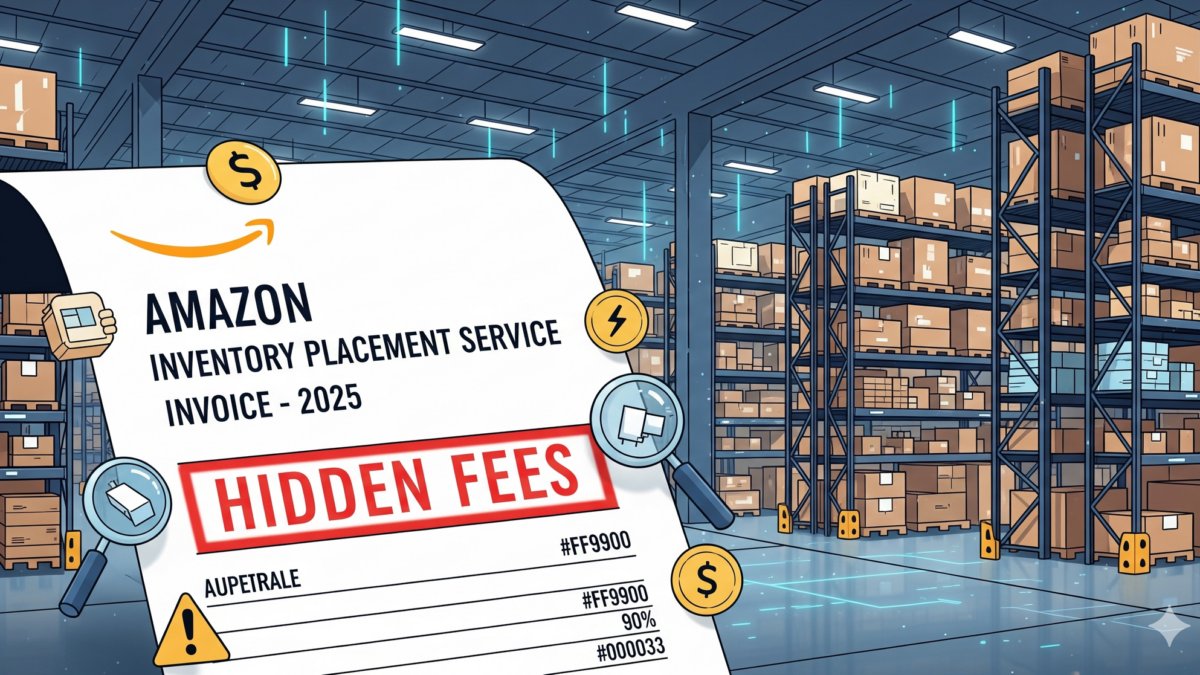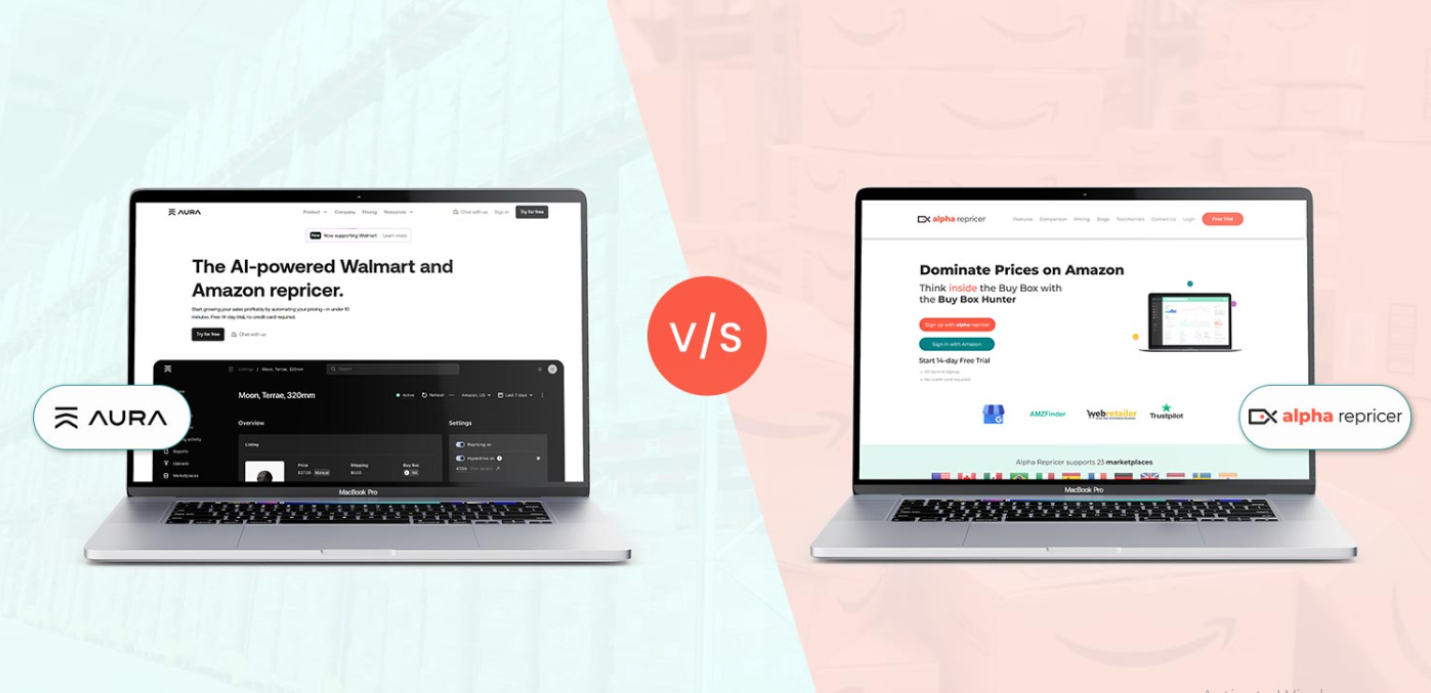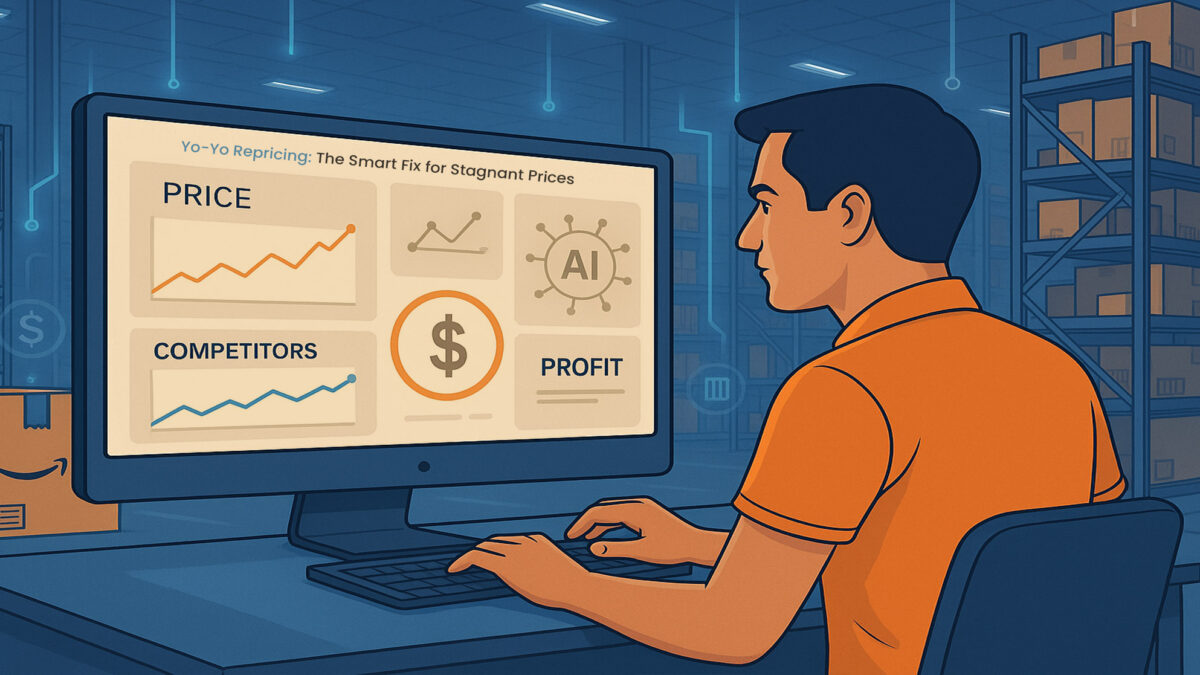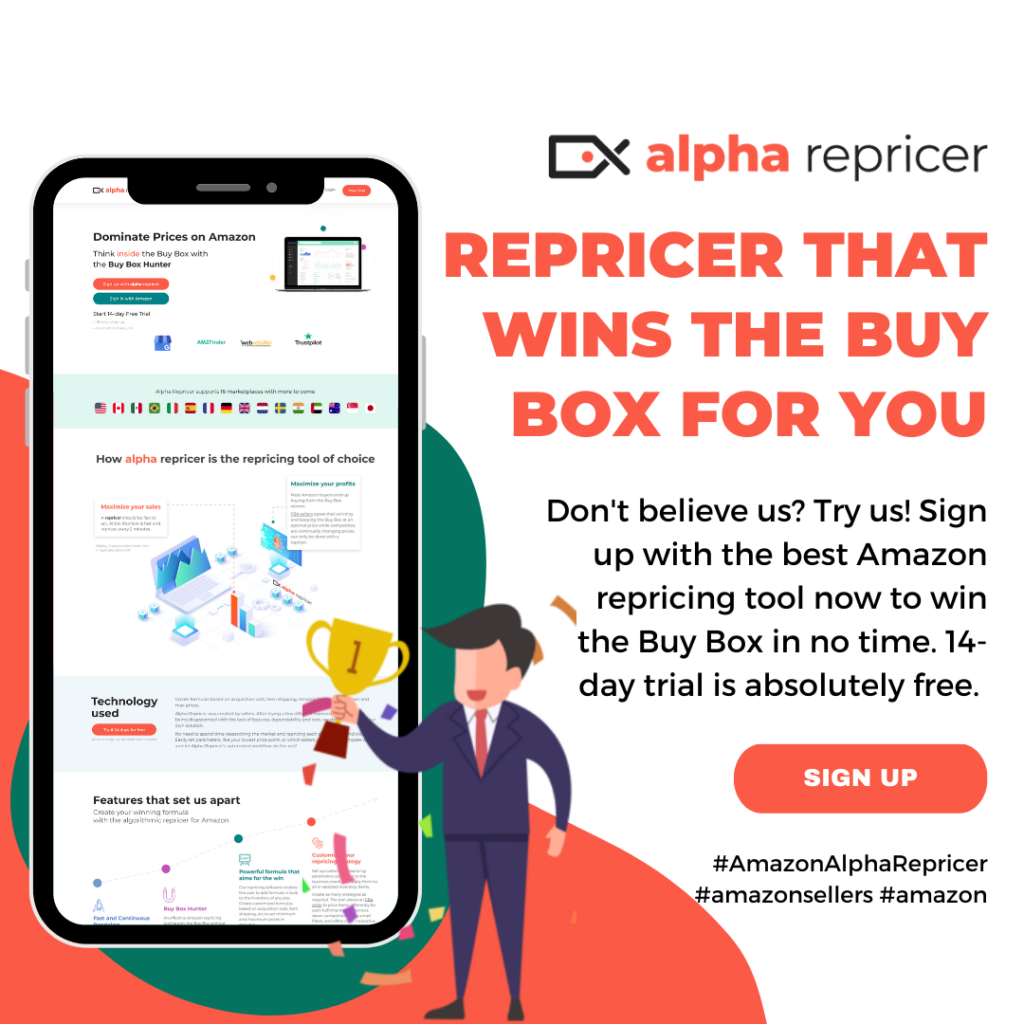For Amazon sellers in the U.S., every dollar counts, and every hidden fee stings a little more. You’ve probably optimized your product listings, fine-tuned your ads, and set up automated repricing. But there’s one area many sellers still overlook: the sneaky costs buried within Amazon’s Inventory Placement Service (IPS).
With over 310 million active Amazon users worldwide and 80% of those users coming from the United States, the stakes are incredibly high for sellers competing on the platform. Every small inefficiency can compound quickly, especially when serving such a massive, high-demand customer base.
While the promise of convenience is appealing, the reality in 2025 is far more layered. IPS fees have evolved, and what once felt like a time-saving option could now be trimming your margins without you noticing.
Have you ever asked yourself why your profits aren’t lining up with projections? Well, IPS might be the silent culprit.
In this blog, we will talk about the less visible costs and discuss actionable strategies for inventory placement optimization so you can generate revenue and start making smarter decisions.
Let’s understand its role first!
What is The Role of Amazon’s IPS in Influencing Your Repricing Tactics?

At first glance, Amazon’s Inventory Placement Service (IPS) seems like a logistical blessing. It offers sellers the convenience of sending inventory to a single fulfillment center instead of multiple destinations scattered across the country. But here’s the catch, convenience often comes at a cost. And in 2025, that cost is no longer as subtle as it once was.
What many sellers fail to realize is how directly IPS affects their repricing strategy. When IPS assigns items to multiple fulfillment centers behind the scenes, Amazon tacks on per-unit fees that vary depending on item size, weight, and destination. If your pricing algorithm doesn’t account for these fluctuations, you may unknowingly be competing with thinner margins.
This is where inventory placement optimization becomes crucial. By aligning your pricing formulas with real fulfillment costs, you can avoid underpricing traps and better protect your profit thresholds across your listings.
What Are the Biggest Challenges Amazon Sellers Face with IPS Fees?

Even seasoned Amazon sellers can find themselves blindsided by IPS-related expenses. The core issue? Lack of visibility. These fees don’t always appear on top in your reports, and when they do, they’re buried under layers of logistics jargon.
Let’s break down the top hurdles sellers are grappling with in 2025:
Unclear fee breakdowns: IPS charges are not always transparently displayed, making it difficult to track true per-unit costs.
Rising per-unit costs: As shipping and handling costs fluctuate, per-unit IPS fees can quietly chip away at your margins.
Repricing issues: If your repricer isn’t configured to include IPS fees, you might be underpricing without realizing it.
Buy Box limits: Reduced margin flexibility from IPS costs makes it harder to win (or retain) the Buy Box without sacrificing profit.
Fulfillment cost spikes: Sudden warehouse routing decisions can result in unexpected fulfillment costs, leaving sellers reactive, not proactive.
So, how would you overcome it? Let’s uncover the key factors.
The Hidden IPS Fees Every Amazon Seller Should Watch for in 2025

If you think IPS fees are limited to a flat surcharge, 2025 will prove it otherwise. Amazon’s fulfillment ecosystem is becoming more dynamic, and with that comes a layered fee structure that’s often underestimated. These aren’t always visible on your dashboard, but they’re there, quietly shrinking your margins.
Here are the key hidden charges sellers should keep a close eye on:
Per-unit IPS charges: These vary based on size, weight, and destination. The more units you ship, the faster these add up.
That’s especially true during peak seasons, so it’s crucial to prepare your inventory for holiday shopping demands to avoid unexpected fulfillment spikes.
Oversize item costs: Large or oddly shaped items trigger higher placement fees, often without prior notice.
Split shipment costs: Despite opting into IPS, some inventory still gets rerouted, leading to extra processing charges.
Hidden routing fees: Amazon’s routing decisions may involve long-haul or remote fulfillment centers, inflating logistics expenses.
Multi-channel fulfillment add-ons: While using IPS for non-Amazon orders, you can expect additional handling costs.
Mislabeling/packaging penalties: Small compliance errors can result in disproportionate fees.
Expert Tips To Navigate Amazon’s IPS Effectively

Managing Inventory Placement Service (IPS) fees doesn’t mean ditching the program; it means using it with eyes wide open. Smart sellers are the ones combining operational discipline with pricing intelligence.
The goal? To make IPS work for you, not against your bottom line.
Here are expert-backed, actionable tips to keep your profit margins intact:
Audit IPS fees monthly: Don’t rely solely on end-of-quarter summaries. Regular reviews help you spot cost patterns early and adjust your strategies proactively.
Use bulk shipping: Consolidating shipments can drastically lower per-unit IPS charges, especially for high-volume SKUs (Stock Keeping Units).
Group items by size/weight: Keep heavy or oversized products separate in your shipping strategy to better forecast and control extra fees.
Set shipping rules: Limit fulfillment center preferences to reduce chances of remote warehouse allocations that hike up costs.
Use repricing filters: Customize your repricing strategy to factor in IPS-related overhead, ensuring you never underprice yourself in a competitive market.
Final Thoughts
In today’s highly competitive Amazon marketplace, success isn’t just about what you sell; it’s about how efficiently you manage every cost behind the scenes. Inventory Placement Service may offer convenience, but without careful oversight, hidden fees can quietly eat into your profits.
By staying informed, regularly auditing your IPS charges, and fine-tuning your repricing strategies, you can take control of your margins and make smarter, data-driven decisions. The key is inventory management, done intentionally and with clarity.
IPS fees don’t have to catch you off guard. With AlphaRepricer, you get smarter pricing powered by automation and real-time data. Start your free trial now by signing up and give your margins the protection they deserve.
Author
-
Noor Jarri
Meet Noor Jarri, a seasoned writer specializing in the dynamic world of Amazon. With over three years of experience, Noor has become a trusted resource for Amazon sellers seeking guidance on repricing strategies and navigating the e-commerce landscape.
As a valued contributor to Alpha Repricer, Noor's expertise shines through in her engaging blog articles, press releases, and guest posts. Praised for her skill in crafting content that is both informative and approachable, Noor's writing is a knowledgeable resource for sellers of all levels.
Beyond her professional pursuits, Noor is an avid traveler and culinary enthusiast. She finds inspiration in exploring new destinations and experimenting with recipes from around the world.Join Noor Jarri on her journey as she continues to empower Amazon sellers with insights, tips, and strategies to thrive in the ever-evolving marketplace.







